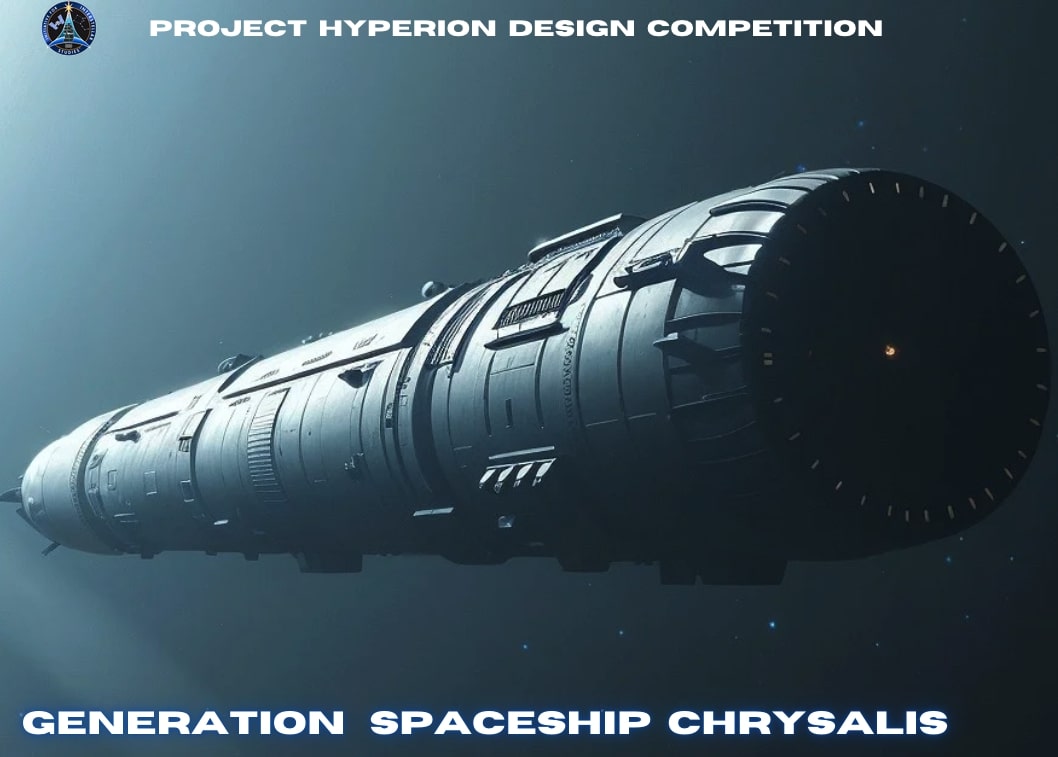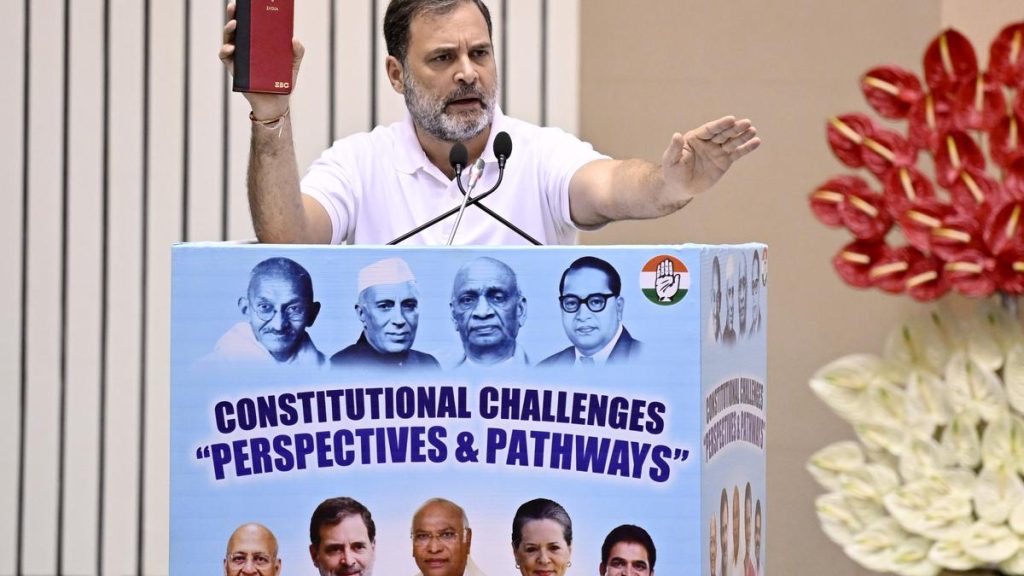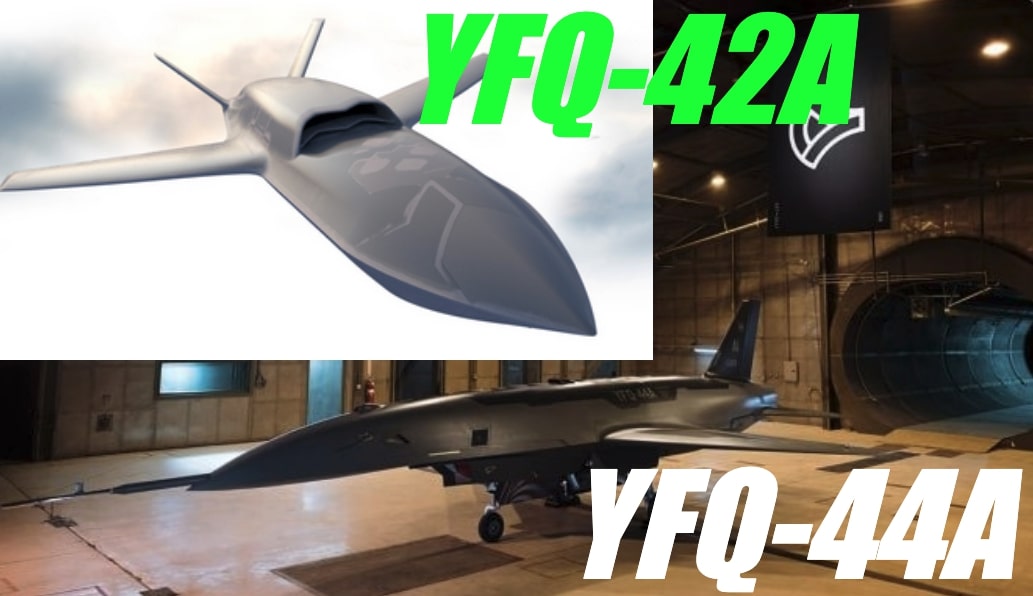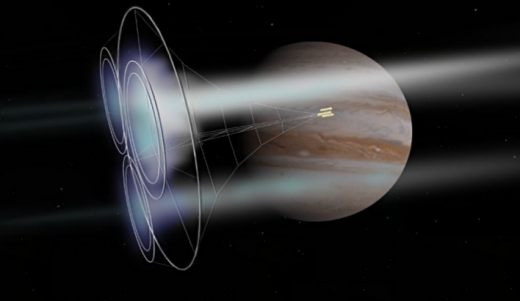Now Reading: Interstellar Generation Ship Design Contest: Meet the Winners
-
01
Interstellar Generation Ship Design Contest: Meet the Winners
Interstellar Generation Ship Design Contest: Meet the Winners

Rapid Summary
- Initiative for Interstellar Studies (i4is) announced winners of the Project Hyperion Design Competition, which focused on designing generation ships capable of interstellar travel lasting 250 years.
- The designs aimed too accommodate 500-1500 people with agreeable living conditions, artificial gravity via rotation, and advanced life support systems for food, water, waste management, and atmospheric control.
- First Place: Team Chrysalis
– Key features: Modular habitat structure with versatility and scalability; robust radiation protection; Direct fusion Drive (DFD) propulsion system using Helium-3 fuel; a projected journey of over 400 years towards Proxima b at an acceleration rate of 0.1 g.
– Dimensions: Length 58 km (~63k yards); Diameter 6 km (~6.5k yards); Total mass 2.4 billion metric tons.
– Innovative in-space manufacturing plans and pre-mission crew training in Antarctica.
- Second Place: WFP Extreme
– Features: Central core with two counterrotating rings to provide artificial gravity while minimizing Coriolis effects; separate living neighborhoods connected via elevators.
– Core functions include hydroponic farms, energy systems, workspaces, and control stations.
- third Place: Systema stellar proxima
– Design based on torus space station concepts.
Indian Opinion Analysis
The interstellar generation ship design competition sheds light on humanity’s growing aspirations for deep space exploration by integrating engineering ingenuity with futuristic practicality-a theme that could inspire aerospace advancements globally, including in India’s emerging space sector through ISRO or collaborative international projects like Gaganyaan or future Mars missions.
By fostering creativity around sustainable habitats under extreme constraints like radiation shielding or resource recycling capabilities-concepts relevant beyond sci-fi aspirations-these innovations could ripple into terrestrial applications such as disaster-resistant infrastructure or long-term sustainability solutions here on Earth.
India could leverage competition insights by investing more deeply in material science research (e.g., modular structures) or technologies like fusion propulsion-a domain where private-public coordination might be essential for scaling ambitions toward lunar bases or planetary defense missions within upcoming decades advancing beyond traditional satellite launching expertise globally recognized today! Redirection applies silent chains






















